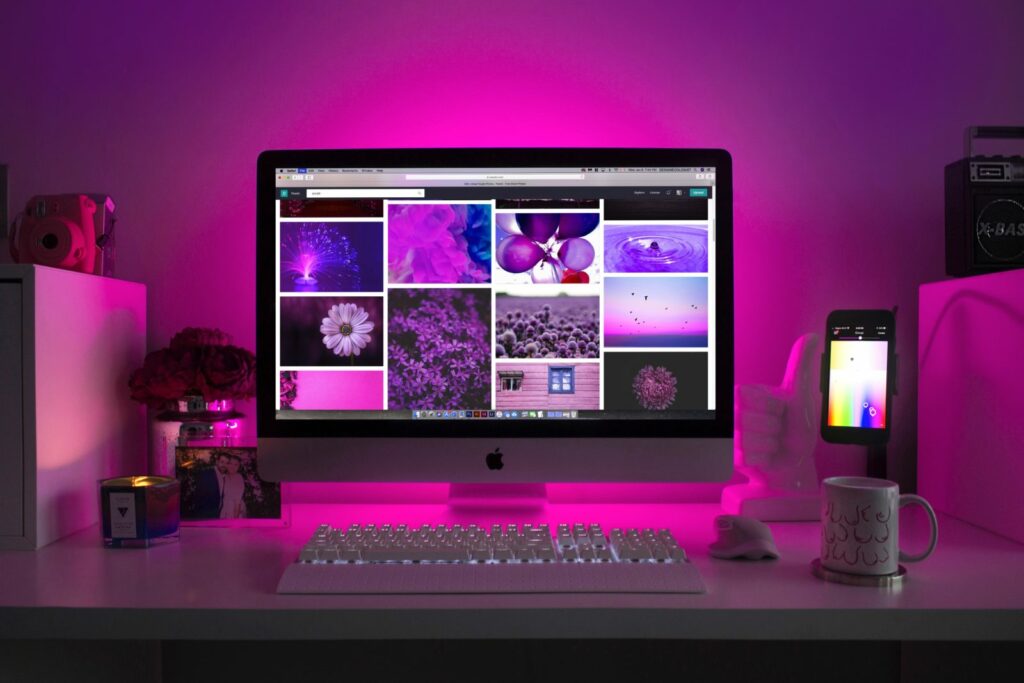Is Blue Light harmful to me?

Sunlight is composed of a combination of red, orange, yellow, green, and blue light rays. This combination is called the light spectrum. I will keep this explanation simple as physics was never my cup of tea! Red rays have the longest wavelengths and are the weakest. On the other hand, blue rays have the shortest wavelengths and carry the highest energy. One-third of all visible light is considered high-energy visible rays (HEV) or blue light.
You are exposed to Blue Light when you are in proximity to:
- Sunlight is the largest source
- Fluorescent light
- Compact fluorescent light bulbs
- LED light
- Flat-screen LED television
- Computers monitors, tablets, smartphones
Even though sunlight has the most amount of blue light, we tend to spend less time sitting in the sunshine than in our work or office by screens and artificial lighting.
The “good side” of Blue Light:
- Helps our brain increase alertness, memory, and cognitive functions
- Regulates our circadian rhythm. Hence, do not overuse blue light exposure right before bedtime, or it will interfere with your sleeping pattern.
- Sunlight is needed for our Vitamin D retention
- Sunshine is necessary for a positive effect on the growth of children
- Our mood is uplifted with exposure to sunlight.
The “bad side” of Blue Light:
- We tend to blink fewer times a minute when we are starring at a screen. This prolonged starring leads to dry eye issues from moderate to severe.
- Digital eye strain leads to fatigue as we are continuously focusing our vision.
- Medical studies suggest that overexposure to blue light can lead to macular degeneration.
Blue light is everywhere, hence why our sky is blue! Blue light scatters more efficiently than any other ray when it is confronted with air and water molecules in our atmosphere. We cannot avoid it; we just need to lessen the amount of exposure. UV radiation reaches our retina and potentially can cause cataracts, snow blindness, pinguecula, pterygium, and macular degeneration. UV sunglasses protect against blue light. There are some yellowish tint and anti-reflective glasses that protect against blue light for those of us working with computers all day. Filters are an alternative for computers, tablets, and smartphones. Best of all, try to decrease the amount of time spent in front of screens and take breaks to give your eyes a much-needed rest time.
Check our website Katzeneye Care for more in-depth information on vision conditions.

